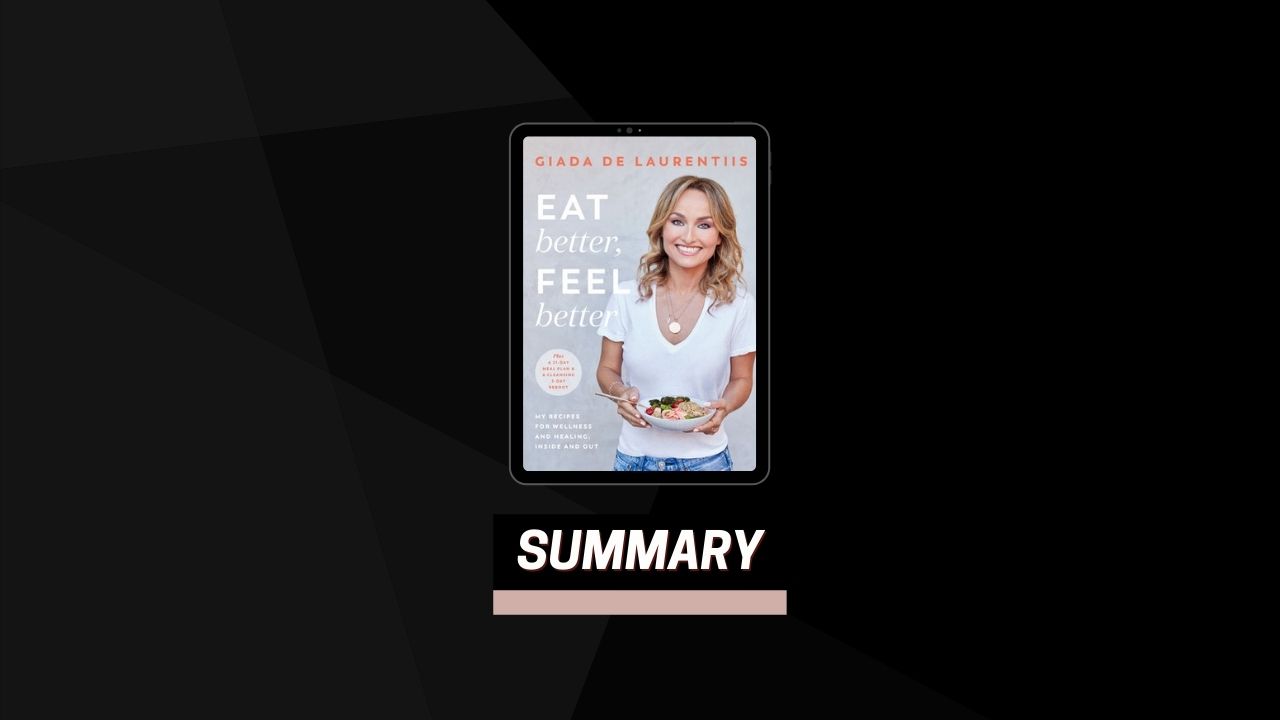Foods That Don’t Help
You probably already have some idea of which foods are a little harder for your stomach to handle. You may even have been tested for intolerance or sensitivities to things like dairy or gluten. But even if you don’t know for sure which foods give you trouble, the following list is a good place to start. It includes food categories that are generally acknowledged to make the digestion work overtime and promote an unhealthy environment in the gut that can, in turn, lead to problems throughout the body. It also includes foods that may not by themselves be harmful, but are too often handled in a way that makes them less than healthy by the time they get to you, whether that means they’ve been raised with hormones and pesticides, or had all their goodness compromised by additives or processing. These are the biggies.
Sugar
A ton has been written about the effects of sugar on our health, particularly the refined sugar in sweet things like desserts, candy, and soda, which has been shown to cause inflammation, spike blood sugar, and affect the body’s ability to make or use the insulin needed to convert sugars to energy.
Dairy
For many people, dairy is inflammatory because it contains sugars in the form of lactose, and if you don’t produce the enzymes necessary to break down those sugars, it can result in bloating, gas, and related gastric problems.
Red meat
Too often they are raised in inhumane, crowded conditions, given pesticide-laden feed their systems were not designed to digest, and routinely dosed with hormones and antibiotics to counter the effects of their poor living conditions. Pasture-raised animals are one solution, but this is an expensive option that isn’t readily available to everyone.
Refined grains and carbs
It’s hard to overstate how differently your gut reacts to a serving of whole-grain farro or quinoa than it does to a slice of white bread. One gives the microbes that live in your gut the stuff they like to eat—probiotic fiber—and all the antioxidants and micronutrients found in the bran and kernel of the grain, so it goes through your system more slowly and provides sustained energy. The refined carbs in that white bread, on the other hand, barge right through the express lane, causing inflammation without providing much in the way of nutrition.
Gluten
There’s been plenty of debate about the extent and severity of gluten sensitivities in the general population, and how sensitivity differs from a true intolerance, as in the case of celiac disease. Fortunately, these severe intolerances are relatively rare, but it does seem clear that the proteins in modern wheat and other gluten-containing grains like rye can cause inflammation in many people.
Caffeine
Medical science has been going back and forth on this one for years, with some studies showing it to be harmful and others suggesting it is actually beneficial in fighting cancer and other diseases. The one thing we know for sure, though, is that it will keep you from getting the sleep you need, particularly if you drink it close to bedtime, as its effects can last for hours.
Alcohol
When it comes to alcohol, moderation is key. Alcohol is known to put a strain on your liver and cause inflammation. Overconsumption of alcohol has also been shown to disrupt sleep.
Nightshades
This group of fruits and vegetables includes eggplants, tomatoes, peppers, and potatoes. All of these foods contain alkaloids, which have been shown to cause inflammation; this is why some people, especially those with serious autoimmune diseases, choose to avoid them.
Processed foods
Anything that comes in a box, can, or jar. When foods go through the process of being refined, combined, and packaged, you are always going to lose something in translation—usually nutrients, or good stuff like fiber—and in return, pick up things that you don’t want, like chemical preservatives, stabilizers, and added sugars, salt, and fat.
Never Say Never
Unless you have a true intolerance or diagnosed disease like celiac, eating well is not about eliminating foods; it’s about noting how they affect you and eating less of those that challenge your health. Pasta is not the enemy and neither is dairy, and no Italian chef would ever tell you otherwise. Eating well is about finding the right balance for you. Sometimes it’s just better to give in to the cravings in a moderate, controlled way.
The bottom line is that we all react to foods differently, and these reactions can also change over time; sometimes foods we could eat without a second thought when we were younger now bring us right to the brink of the danger zone because the stomach lining thins with age, and our ability to produce stomach acid decreases. By eating more nutrient-dense, anti-inflammatory foods and antioxidants (molecules that fight free radicals in your body—a cause of illness and aging—and are found in vegetables, fruits, nuts, and other foods, like dark chocolate) and eating everything else more mindfully, you are going to be that much further ahead of the game, whatever your personal Achilles’ heel. Listen to your gut; it won’t steer you wrong.
Foods That Help
Superfood” is overused these days, and the truth is, no single food has the magical power to keep us healthy. Some are richer in particular nutrients we can all benefit from, such as omega-3 fatty acids or antioxidants, but the reality is that the quantity you’d need to eat to reap a significant benefit might not be all that appetizing.
Superfoods are ingredients that punch way above their weight when it comes to making things taste, smell, or look amazing, and they do it in a way that won’t disturb the balance you’re trying to restore in your gut. You probably won’t be surprised that a lot of these come straight out of the Italian pantry—there is a reason the Mediterranean diet is acknowledged by doctors around the world as the healthiest.
Feel free to use any of the foods on this list to amp up the flavor of simple, clean ingredients without putting a strain on your recovering gut.
Capers
These salty little nuggets and their larger cousins, caperberries, burst in your mouth and add briny brightness to dressings, tuna salad, pan sauces, and pastas. Fry them in a bit of oil to create crunchy tidbits to top seafood dishes or salads.
Olives
Like capers, olives contribute a tangy salinity to lots of dishes and a meaty mouthfeel that is super satisfying.
Baby arugula
It makes a great counterpoint to richer foods, adds color and freshness in sauces, or works as a bed for anything with a sauce.
Fennel: You can eat unlimited amounts of this crispy bulb vegetable—and
It’s good cooked or raw, in soups, salads, and stews, or braised all on its own as a side. Substitute it in almost any recipe that calls for chopped celery to add another layer of subtle flavor.
Fresh herbs
Tender herbs like basil, tarragon, mint, and parsley have loads of flavor and in most cases are even more nutritious than salad greens like lettuce. Toss them by the generous handful into vegetable and grain salads or your favorite smoothie, or triple the amount called for in a soup or pasta sauce for a boost of green energy.
Apple cider vinegar
It’s a little sweeter than red wine vinegar and doesn’t have the added sugar of commercial balsamic vinegars. Look for an unfiltered, unpasteurized one, which contains gut-friendly bacteria. It gives sauces a bit of acidity when you don’t want to add wine or alcohol.
Lemons
Don’t forget about the zest when you are cooking with lemon juice. The little shreds add texture and amplify the lemony flavor of dressings, sauces, and desserts with every bite. The same goes for the zests of limes and oranges.
Pecorino cheese
Because it is made from sheep’s milk rather than cow’s milk, many people find pecorino easier to digest than Parmigiano-Reggiano, and the stronger, sharper flavor means a little goes a long way.
Anchovies
These tiny fish may be divisive, but even folks who claim to hate anchovies love the recipes they star in—after all, who doesn’t like a Caesar salad? They are especially effective at waking up the flavors of vegetables like cauliflower and adding an earthy, salty tang when mashed into sauces.
Tomato paste and sun-dried tomatoes
Nothing gives sauces, soups, and stews depth of flavor like tomatoes, but you don’t need to add a 28-ounce can to the pot to get the benefit. Sautéing a tablespoon or two of tomato paste until it darkens and develops some caramelization is an easy way to pump up flavor in many dishes without making them taste overtly “tomato-y”; two sun-dried tomatoes, finely sliced, do the same for a grain dish or a pan sauce.
Mushrooms
Whether in a starring role or as a background player, fresh or dried mushrooms provide body, meaty texture, and earthy flavor.
The Bottom Line
A great meal starts with good ingredients, so try to approach shopping for your food as the first step of every recipe you make, not just a chore to tick off your to-do list. Think about the upcoming week and which situations you’ll be in so you can get ahead of the curve, not find yourself stuck with poor choices.
When you are cooking as clean and smart as you will be with these recipes, the quality of your ingredients really matters. After all, when you’re not using a lot of flavor-boosting crutches, like prepared sauces, too-generous amounts of cheese or other dairy, or anything else that fills that metaphorical bucket of doom in your gut, your ingredients can’t hide! So take the time to buy the best you can, and treat yourself to a trip to a farmer’s market or specialty store now and then.
And take a minute to look at your cart as you’re checking out, and reflect on how colorful and fresh and healthy everything looks without all those packaged items you’ve bought in the past. It’s living proof that you’ve taken a huge step toward a happier gut and a healthier life.
Cheat Sheet: Meal Planning and Menus
- Aim to have a leafy green (cooked or raw) as a part of at least two meals every day.
- Go for four or five ½-cup servings of vegetables daily.
- Limit carb-based meals like pasta, grain bowls, potatoes, or starchy breakfasts like pancakes or oatmeal to one per day.
- Limit animal proteins (excluding eggs) to one meal per day at most.
- Have one or two vegetarian days each week.
- Use alternative protein sources such as eggs, seeds and nuts, legumes, or quinoa for one meal per day.
- Limit desserts or alcohol to two servings total per week.
- Confine dairy consumption to ½ cup over the course of a day, including Parmigiano-Reggiano and butter, and don’t have it every day.


